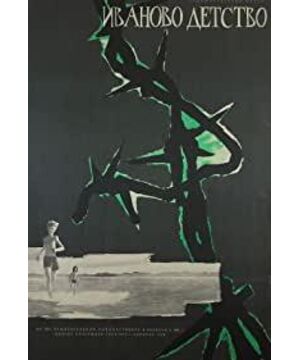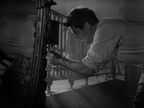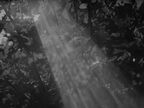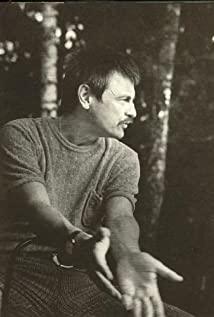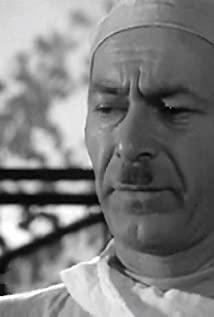A realistic work: ① It tells the story of Ivan, a war orphan who insisted on carrying out the reconnaissance mission despite the orders of his superiors and died. The first half revolves around Ivan's emotional life of not going to the military school and an officer, and the second half revolves around performing a new mission. ② Ambiguity, in addition to the story of Ivan, there is also a branch line where the colonel and the captain pursue the same female military doctor. In the end, the captain and the general doctor were transferred from the front line, and the colonel also died in battle. This does not promote the story of Ivan, its purpose is to show the suppression of human nature by war. For example, the kiss between the two on the ditch is full of danger. ③Long shots and on-site scheduling. For example, after the two returned from their mission, Ivan was waiting in the bunker. The military doctor came in and walked to the foreground. In a stable triangular relationship, the dominator is the captain of Jingshen, and the prospect of the military doctor has become the target of the two.
Tarkovsky's feature debut was a work of socialist realism, but it was already riddled with formalism. The high contrast and low profile of photography, the use of scenery, the use of unstable light sources, the battle of Ivan in the bunker, the sound and picture alignment in the concentration camp scene at the end, the use of camera lenses and the shaping of the atmosphere by environmental shooting, it is unimaginable to express war There isn't a single war scene or a gun battle scene in a movie that kills humanity. It is worth mentioning that the dreams, the dreams are all high-profile, so beautiful. But the dream at the beginning is in the green woods, and the dream at the end is in the beach with a dead tree.
View more about Ivan's Childhood reviews


